Up Next

Sergio Perez has been signed by Red Bull to end its struggle to match Max Verstappen with an appropriately competitive team-mate.
Pierre Gasly and Alex Albon have tried and failed to fill that role since Daniel Ricciardo departed, and it says a lot about how Red Bull views its leading Formula 1 team’s driver dilemma that it has hired an ‘outsider’ – rather than promoting from its junior system – for that seat for the first time since 2007.
“It’s a car that I can see why not every driver can adapt to. I can already spot that” :: Sergio Perez
One question has been repeatedly asked since the first moment Perez was linked with a Red Bull drive, though. Why should we expect him to do a better job than Gasly or Albon?
The simple answer is Perez is not the same hire. He is at a different stage of his career, he has different levels of experience and motivation, he has a different approach and driving style.
A couple of key external factors could eventually bond Perez with his predecessors, like the challenge of matching Verstappen, and the quality of Red Bull’s car. And if the RB16B is easier to drive, that will make a big difference.
But even if it’s still a challenge to master, the personal tools Perez has are different to his predecessors’.
With two days of 2019 car running, a shakedown in the 2021 car, and plenty of simulator mileage under his belt, Perez heads to pre-season testing in Bahrain with a decent grasp of the task ahead of him.
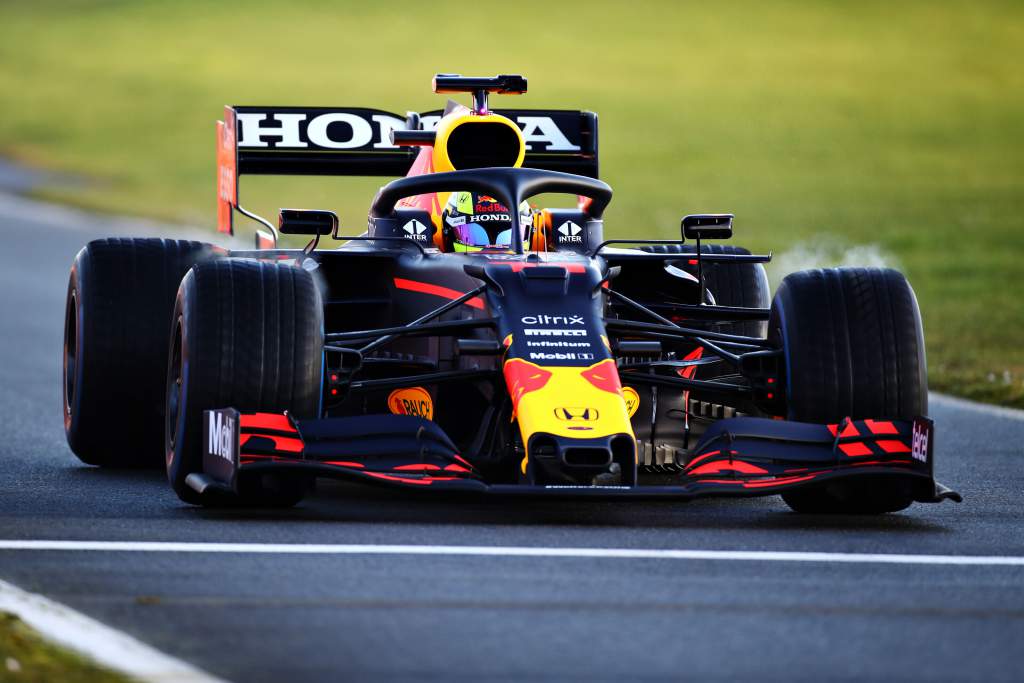
He has already identified why the likes of Gasly and Albon struggled with their respective machines, but also has confidence he will not suffer a similar fate.
“It’s a car that I can see why not every driver can adapt to,” Perez says. “I can already spot that.
“I need to know exactly where to set up the car, where to take the final tenths out of it. They come with experience with the car and learning how to make the most out of it. It is something that will come once I fully understand it.
“I hope it doesn’t take me too long.”
Time is of the essence for Perez. Three days of pre-season testing split between two drivers means just a day and a half for the 2020 Sakhir Grand Prix winner to get up to speed in Bahrain before the season opener at the same venue two weeks later.
He has already spoken of a need to get more comfortable physically inside the car, while his days at Silverstone in the RB15 were a useful exercise in fast-tracking his adaptation to Red Bull’s working methods (and vice-versa). These are small details that will aid Perez’s bid to be more like Ricciardo rather than a Gasly or an Albon, but there are bigger factors on his side.
Perez has started 191 grands prix. He joins Red Bull off the back of a best-ever season in F1, finishing fourth in the championship and taking that first victory along the way. But his time in F1 looked like it might be over not that long ago, and Red Bull has given him a career-defining reprieve and opportunity.
However promising and hungry to succeed Gasly and Albon were, they entered the senior team in very different circumstances: Gasly fast-tracked to replace Ricciardo after just one full year in F1, Albon parachuted in from Toro Rosso to replace the underperforming Gasly halfway through his rookie season.
Asked by The Race how big a weapon his experience is in his quest to avoid tripping up like his predecessors, Perez says: “I think it is quite a big one, to be honest.
“When things don’t go well, pressure hits you hard and when you are experienced, when you’ve been through it before, it just makes you focus on the right stuff.
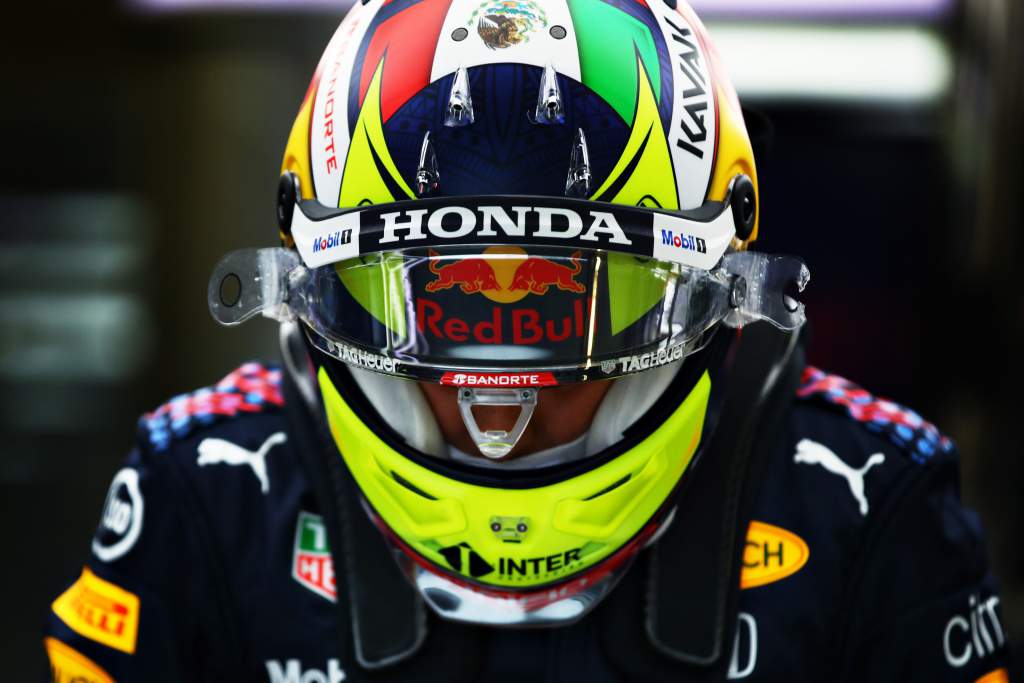
“Technically you’ve developed a lot of skills as well throughout your career.
“I just think this opportunity comes at a great point of my career, and it’s going to work out well.”
The certainty with which Perez addresses his Red Bull prospects is striking. But it could easily be interpreted as him underestimating the task ahead.
Perez’s biggest challenge will be on Saturdays. Gasly and Albon found it incredibly difficult to get close to Verstappen in qualifying, both annihilated to zero in head-to-heads across the last two seasons.
Excluding sessions where direct comparisons are not possible, Verstappen’s not been bested over a year since his first season alongside Ricciardo in 2016.
“He’s going to be very strong in qualifying,” admits Perez. “So he will be a massive benchmark in qualifying.
“I see my strength on Sunday, racecraft and race pace. I think that’s a pretty good match that hopefully delivers the maximum.”
The other interpretation is that qualifying is a weakness for Perez. He has never been a one-lap specialist, and the frustratingly inconsistent Lance Stroll did not offer a stern enough test in Racing Point’s booming 2020 for Perez’s superiority on Saturdays to convince his doubters.
However, his record is solid – probably better than his reputation might suggest. At McLaren in 2013 he found the car difficult and inconsistent to drive, lacked a wealth of experience to help combat it, but still did a good job vs his team-mate Jenson Button.
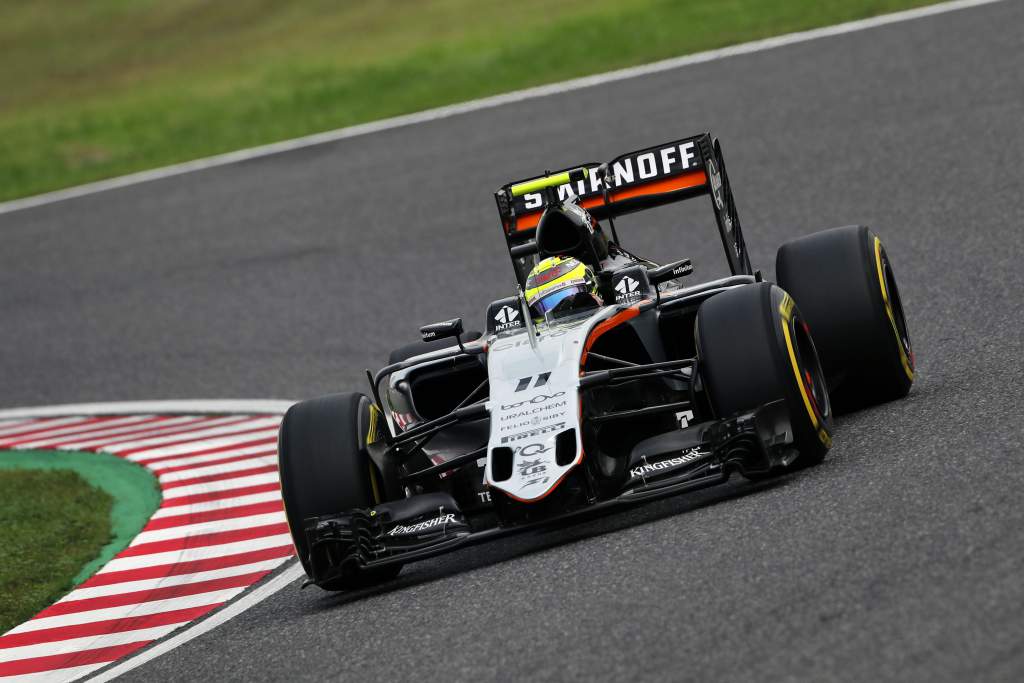
More recently, Perez was a match for Nico Hulkenberg in qualifying in their final year as Force India team-mates in 2016, and compared well against Esteban Ocon across their two seasons together – edging Ocon in 2017 and losing out marginally in 2018. Then he blew Stroll into the weeds at Racing Point.
Meanwhile, last year’s Ricciardo vs Ocon fight at Renault ended with a comprehensive Ricciardo victory and an advantage to the Aussie of around two tenths on average.
It’s a bit of a leap, but from that one might conclude that if Perez can be about as quick as Ocon, and Ricciardo is fractionally slower than Verstappen, it seems most likely that Perez will slot into the gap between Ricciardo (a tenth or so slower than Verstappen) and Gasly/Albon (almost half a second slower).
If that’s the case, it would put Perez in an area Red Bull really wanted Albon to get to, but he never could. If, for argument’s sake, the 2020 competitive order repeats itself in 2021, that Verstappen deficit would be enough for Perez to start on the second row at most races, a transformative proposition for Red Bull given Perez does more damage on Sundays.
It is also more likely to be a compromise Perez accepts for a better end result, rather than part of an all-round struggle.
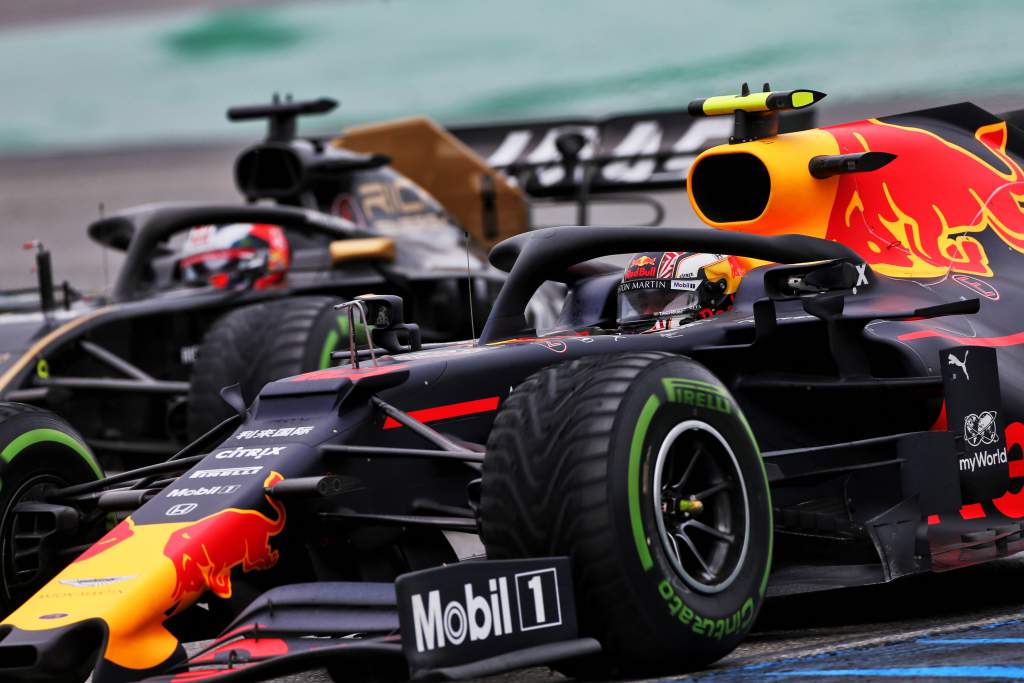
Gasly and Albon were often unconvincing in qualifying and races. Perez understands his weakness is on Saturday afternoons and part of that is driven by setting up his car for Sunday. He is less likely to be chasing performance through the weekend and more likely to produce when it matters.
His former technical director Andrew Green noted last year that Perez is adamant that’s the way he wants it to be. It means he sometimes struggles a bit more for one-lap pace and though Perez sometimes gets that judgement wrong, more often than not he is vindicated.
The minimum acceptable outcome is Perez doesn’t drop into the midfield pack at the start of race, something Gasly and Albon both suffered from. Avoid that and Perez should be an altogether different prospect.
“I’m confident in my abilities,” says Perez. “I just think it’s a matter of time before I get on top of everything. I don’t see why with time, and once I am on top of all the things that I need to know on the car, I can’t be at my level.”
That level is well-established and is what Red Bull believes it has signed up for. Where Albon would often complain about losing tyre life during a stint, especially if he’d qualified poorly or suffered a poor first lap and found himself in traffic, Perez is gifted in the art of tyre management.
It comes in different forms, such as patiently working through a graining phase (key to his podium finish in the 2016 Azerbaijan GP, pictured below) or a phenomenal ability to manage rear slip on corner exit – something Green compares to having “built-in traction control”.
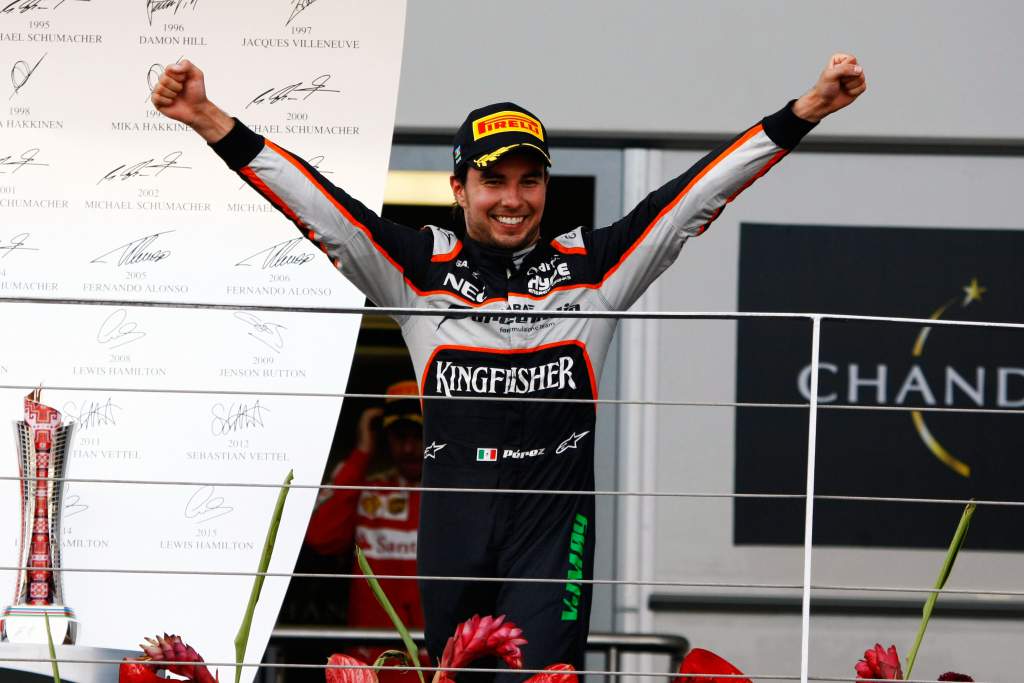
Green thinks Perez is massively underrated. He felt Perez peaked in 2020 and rose to a level at which he was not thrown by anything – exhibited by the incredible professionalism and quality performances that followed the news he’d be unexpectedly axed by Racing Point for 2021 – and with the mental capacity to offer clear, quality feedback behind the wheel.
These are qualities that could help Perez thrive at Red Bull but they are no guarantee of success.
Perez does have his limitations as a driver and is learning a brand new team after seven years in the same place. While Green is a Perez advocate, he has also described Perez’s driving style as quite “extreme”, and something that does not always work effectively across a full range of circuits.
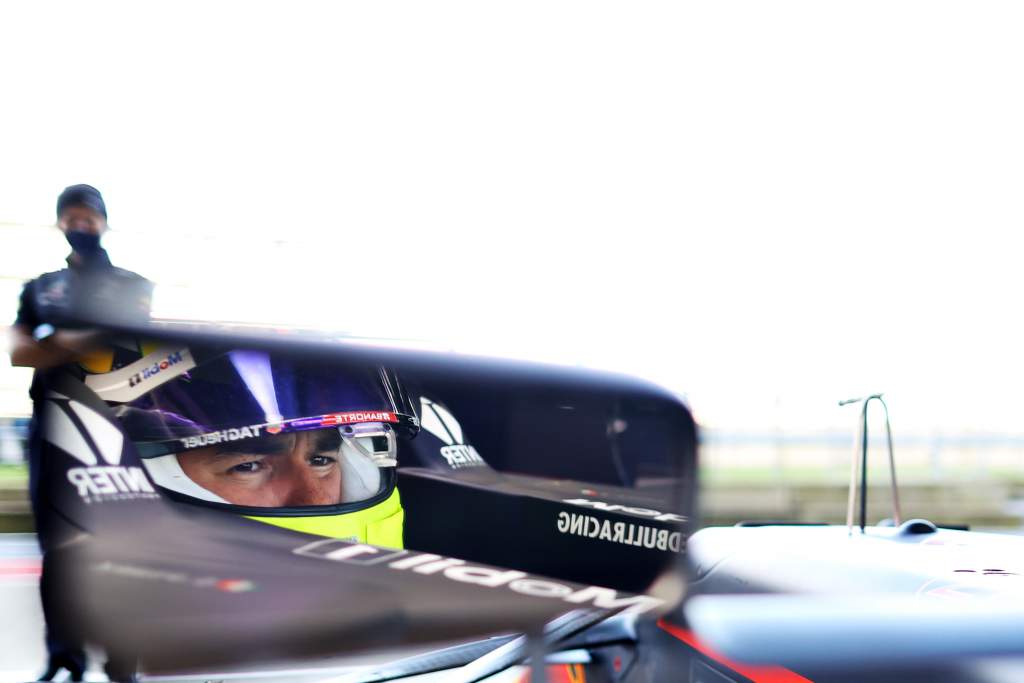
Quite what that means is not clear. But if it’s correct, Perez will need to make sure that doesn’t disrupt early-season momentum and undermine his efforts to adjust to the RB16B. Gasly and Albon are proof of how early races can set the tone for a driver’s prospects at Red Bull.
What could help with that is Perez appears to bring something Gasly and Albon never quite had: a clear direction.
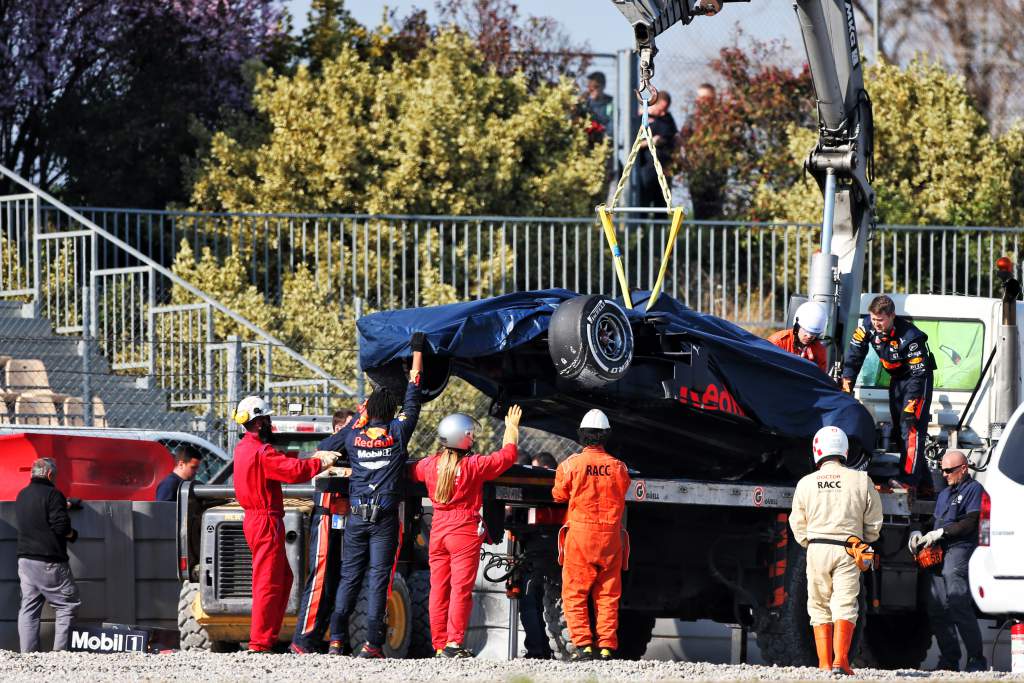
For Gasly, this manifested itself in losing confidence from heavy pre-season shunts (pictured above) and then chasing comfort and balance through each weekend. In early 2019 there were stories of multiple seat changes, and trying to alter the set-up to focus on specific corner weaknesses vs Verstappen rather than looking for the best overall compromise. He was also stubborn in his belief he did not need to change how he was approaching the weekends.
“You just open your mind a lot more when you do things differently” :: Sergio Perez
For Albon, a driver who seemed to endear himself to the team for his off-track manner, it was never clear that he knew 100% what he was lacking compared to Verstappen and there were times Albon was at a loss to explain a shift in car balance. He also developed a pattern of failing to progress with track evolution the same way Verstappen could.
Adapting to a new team, especially a big one, is a daunting process that complicates all of the above. Perez knows that as well as either of his two predecessors as he went through the same chastening experience with McLaren in 2013.
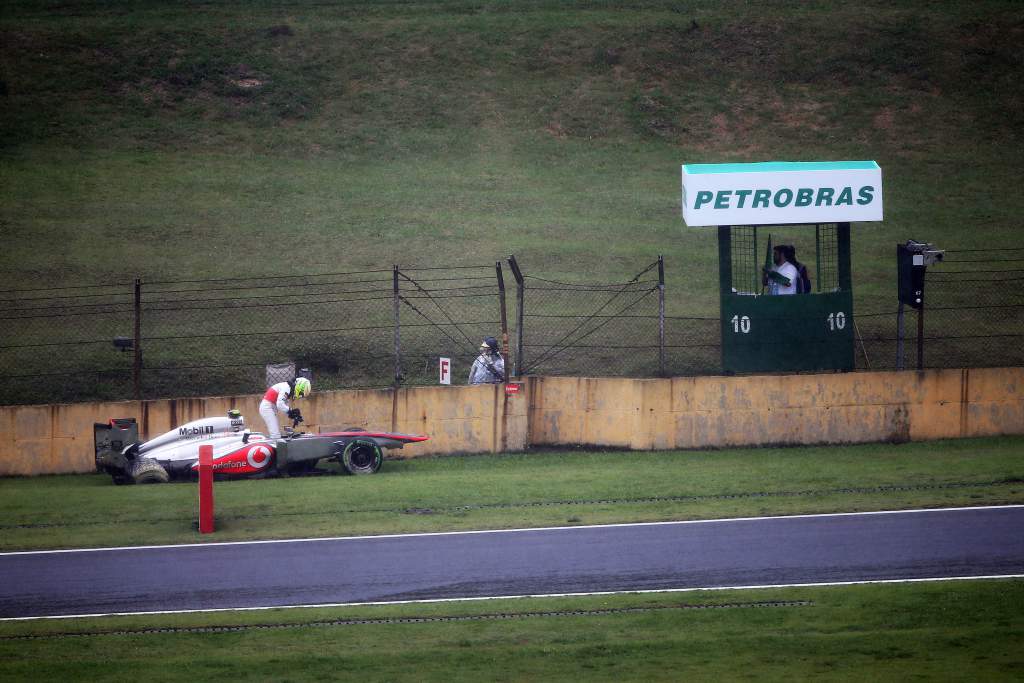
He accepts that drive came at the wrong moment for him: the mistake of a one-year contract combined with the unfortunate timing of McLaren starting its sudden descent, having ended 2012 with arguably the quickest car.
The McLaren season damaged Perez’s reputation. He believes he now would handle the same experience differently. He once said the team was doing so much aerodynamic work on Fridays he wasn’t able to adapt, and suffered in terms of car set-up and race management.
He felt the pressure of replacing Mercedes-bound Lewis Hamilton, and in hindsight feels he entered a bad atmosphere: a team starting to succumb to politics, with split loyalties towards drivers meaning Perez believes he lacked total support from McLaren.
Red Bull’s environment will be rather different, at least in the beginning. And Perez as a person and a driver is a different prospect to the one who joined McLaren. So it’s understandable that Perez approaches his Red Bull shot with confidence it will not be a repeat of 2013.
“It’s a new challenge, new people to meet, new ways of working, new techniques,” he says.
“You just open your mind a lot more when you do things differently. It’s a massive opportunity as a driver to grow in all the aspects.
“The motivation is high. It’s a big opportunity for me, so I’ve been very excited about it. I’m willing just to give everything it takes to make sure that I deliver.”
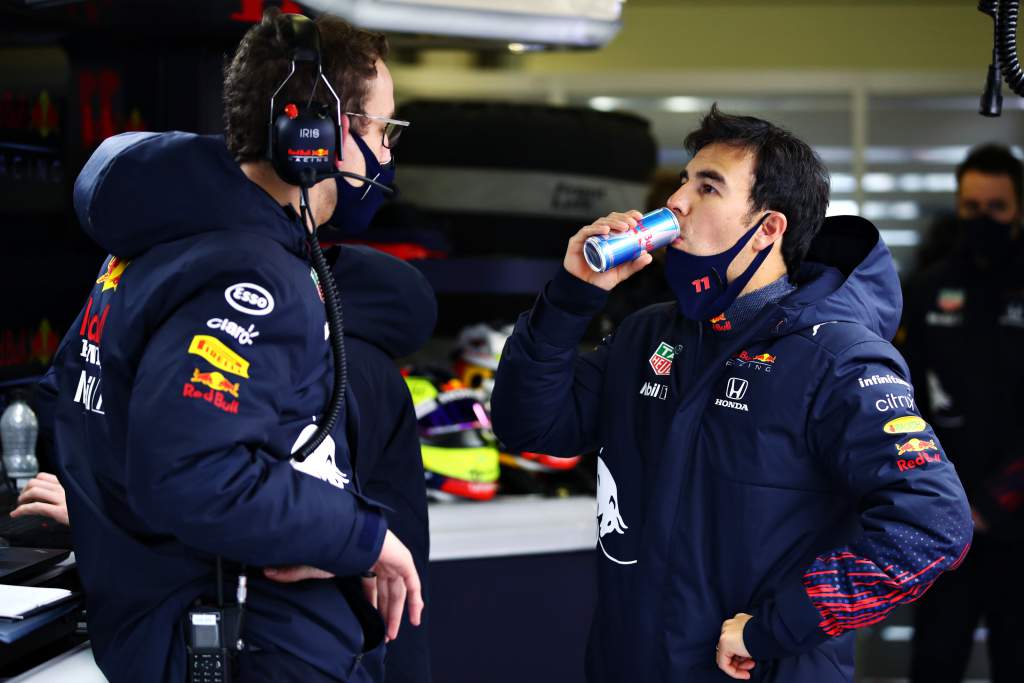
This week’s test will be the first glimpse at whether that’s enough. One thing is already clear though: asking ‘Why should Perez be expected to do better than Gasly or Albon?’ is the wrong question, because the answer is quite simple. He’s a more accomplished, more experienced driver at the point of joining Red Bull.
The real unknown is whether the factors in Perez’s favour are dwarfed by other variables. If that’s the case, and Perez is more ‘Gasly/Albon’ than ‘Ricciardo’, it will highlight a fundamental limitation: whether that’s in the driver, the team, or both.








